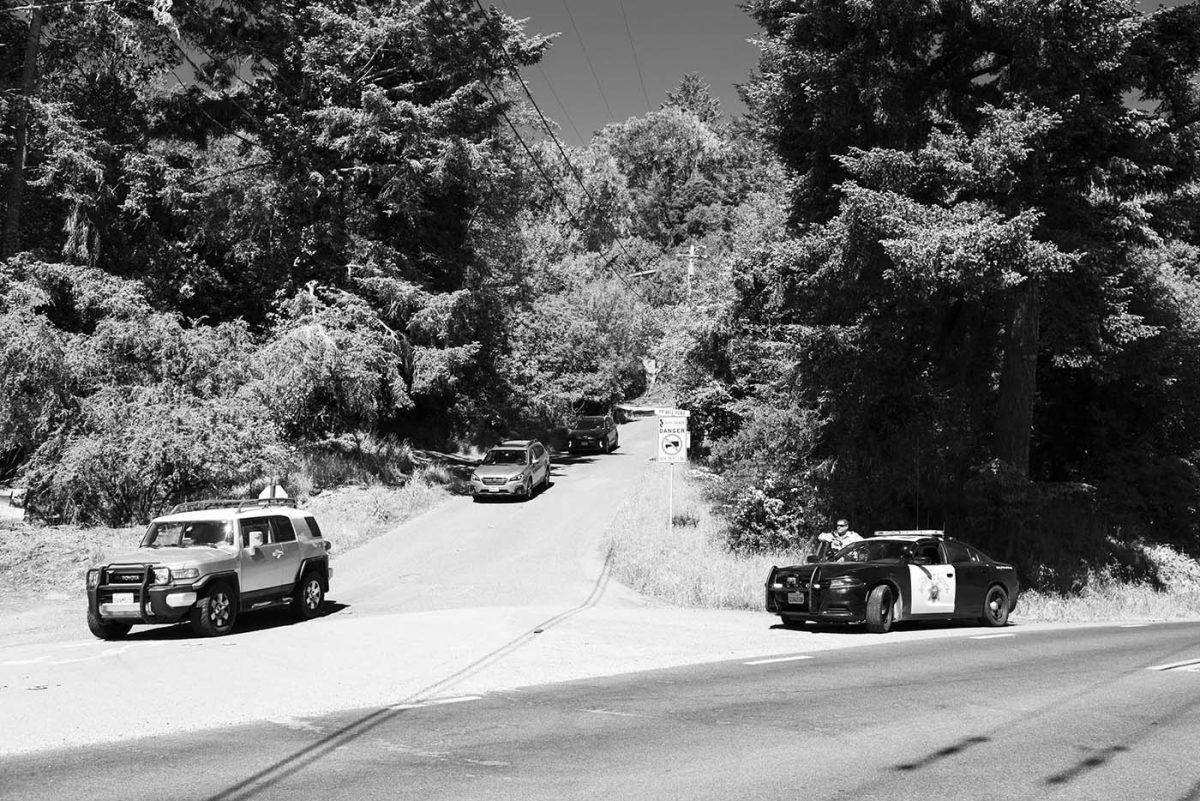Imagine a vehicle fire that starts around Muddy Hollow on Limantour Road. It’s spread by onshore winds into a canyon, and from there climbs . . .
Inverness neighborhood prepares for disaster in first-ever evacuation drill


Imagine a vehicle fire that starts around Muddy Hollow on Limantour Road. It’s spread by onshore winds into a canyon, and from there climbs . . .